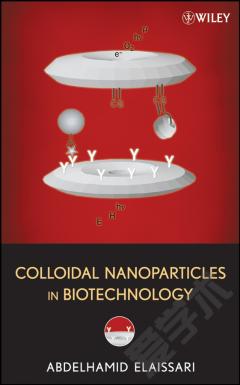Cell Membrane Nanodomains —— From Biochemistry to Nanoscopy
----- 纳米级细胞膜:从生物化学到纳米显微镜
Laurdan Identifies Different Lipid Membranes in Eukaryotic Cells Enrico Gratton and Michelle A. Digman CONTENTS 13.1 Introduction 283 13.1.1 Spectroscopic Properties of Laurdan 283 13.2 The Phasor Approach to Spectral and Lifetime Analysis 287 13.3 The Lifetime Phasor Transformation and Its Interpretation 289 13.4 Results of the Analysis of the Emission of Laurdan Using Spectral and Lifetime Phasors in GUVs Model Systems 291 13.5 The Lifetime Phasor for Laurdan in GUVs 292 13.6 Live Cell Membrane Fluidity 295 13.6.1 Spectral Phasors 295 13.6.2 Lifetime Phasors in Live 3T3 Cells 297 13.7 Conclusions and Further Considerations 299 13.8 Methods 300 13.8.1 Preparation of the GUVs 300 13.8.2 NIH3T3 Cell Cultures 301 13.8.3 FLIM Analysis 301 13.8.4 Spectral Analysis 301 Acknowledgment 301 References 302 13.1 INTRODUCTION 13.1.1 S pectroscopic P roperties of L aurdan There are several commonly used approaches for the study of membrane properties of live cells based on fluorescence probes. In one approach, lipids with specific fluores- cent markers are incorporated in the cell membranes. The advantage of this approach is that it is possible to study the membrane distribution of specific lipids. However, when the aim of the study is to detect membrane microdomains independently of their
{{comment.content}}








 京公网安备 11010802027623号
京公网安备 11010802027623号